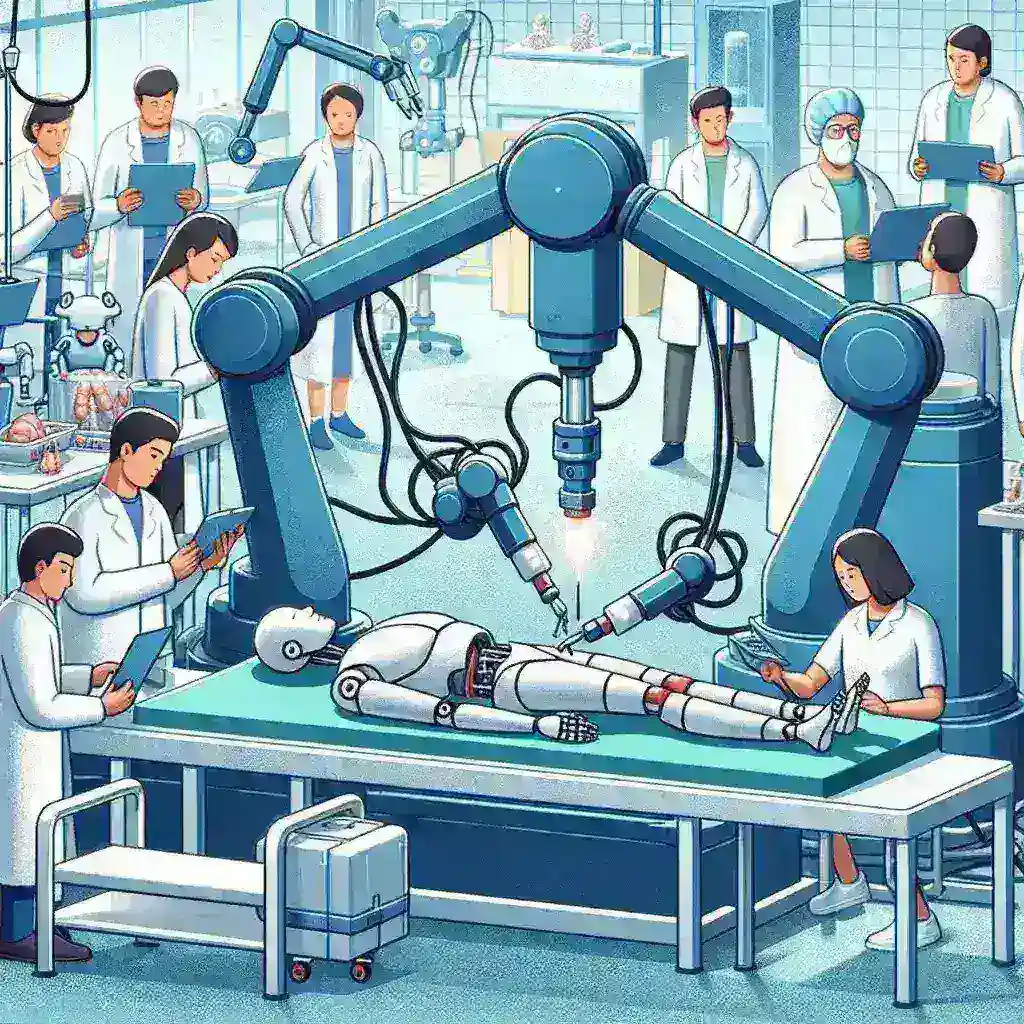Safety Protocols for Robot Led Patient Model Testing

Introduction
The integration of robotics in healthcare has revolutionized patient model testing, providing unprecedented accuracy and efficiency. However, with this advanced technology comes the necessity of stringent safety protocols. These protocols are designed to safeguard not only the patients but also the medical professionals involved in the testing processes. In this article, we will delve into the essential safety protocols for robot-led patient model testing, examining their significance and implementation.
Understanding Robot-Led Patient Model Testing
Robot-led patient model testing involves the use of robotic systems to simulate human responses during various medical procedures. This technology enables researchers and practitioners to study outcomes without the ethical implications associated with live subjects.
Types of Robot Systems Used
- Surgical Robots: Designed to assist in complex surgical procedures.
- Rehabilitation Robots: Aid in the recovery process of patients with mobility challenges.
- Diagnostic Robots: Used for conducting tests and gathering patient data.
Significance of Safety Protocols
Implementing safety protocols is crucial for several reasons:
- Patient Safety: Protects simulated patients from adverse effects during testing.
- Data Integrity: Ensures the accuracy and reliability of research findings.
- Regulatory Compliance: Meets the standards set by health authorities and ethical boards.
Key Safety Protocols
1. Comprehensive Risk Assessment
Before initiating any robot-led testing, a thorough risk assessment must be conducted. This involves identifying potential hazards, evaluating their risks, and implementing control measures to mitigate them.
2. Staff Training and Competency
All personnel involved in robot-led testing must undergo rigorous training. This includes understanding the robotic systems, potential risks, and emergency protocols. Regular competency assessments should be conducted to ensure ongoing proficiency.
3. Equipment Maintenance and Calibration
Robotic systems must be maintained and calibrated regularly to function optimally. This includes routine checks for software updates, mechanical wear, and electrical malfunctions.
4. Emergency Protocols
Establish clear emergency protocols for various scenarios. This includes immediate shutdown procedures, emergency contact information, and a designated emergency response team.
5. Patient Confidentiality and Ethics
Even in robotic simulations, patient confidentiality must be maintained. Ethical considerations should guide all aspects of testing, even if no live patients are involved.
Case Studies Highlighting Protocols in Action
Case Study 1: Surgical Robot Testing
In a recent surgical robot testing scenario, comprehensive safety protocols were implemented, leading to a successful trial with zero reported incidents. The teams conducted regular risk assessments and maintained equipment diligently.
Case Study 2: Rehabilitation Robot Misfire
In contrast, a rehabilitation robot faced issues due to inadequate staff training, leading to a malfunction that could have harmed a simulated patient. This incident emphasized the need for continuous education and rigorous adherence to protocol.
The Future of Robot-Led Patient Testing
As technology advances, we can expect more sophisticated robotic systems that will enhance patient model testing. However, with these advancements, the importance of maintaining and updating safety protocols will only grow.
Future Trends
- AI Integration: Artificial intelligence will further refine the testing process and enhance predictive analytics.
- Interdisciplinary Collaboration: Joint efforts between engineers, medical professionals, and ethicists will lead to improved safety standards.
- Real-time Monitoring: Developing systems for real-time monitoring of robotic performance and patient safety will become increasingly critical.
Conclusion
Safety protocols for robot-led patient model testing are paramount in ensuring that advancements in robotic technology translate into safe and effective medical practices. By adhering to these protocols, the healthcare industry can harness the full potential of robotic systems while prioritizing safety and ethical considerations. The future of patient testing is bright, and with continued commitment to safety and innovation, the possibilities are endless.
Leave a Reply